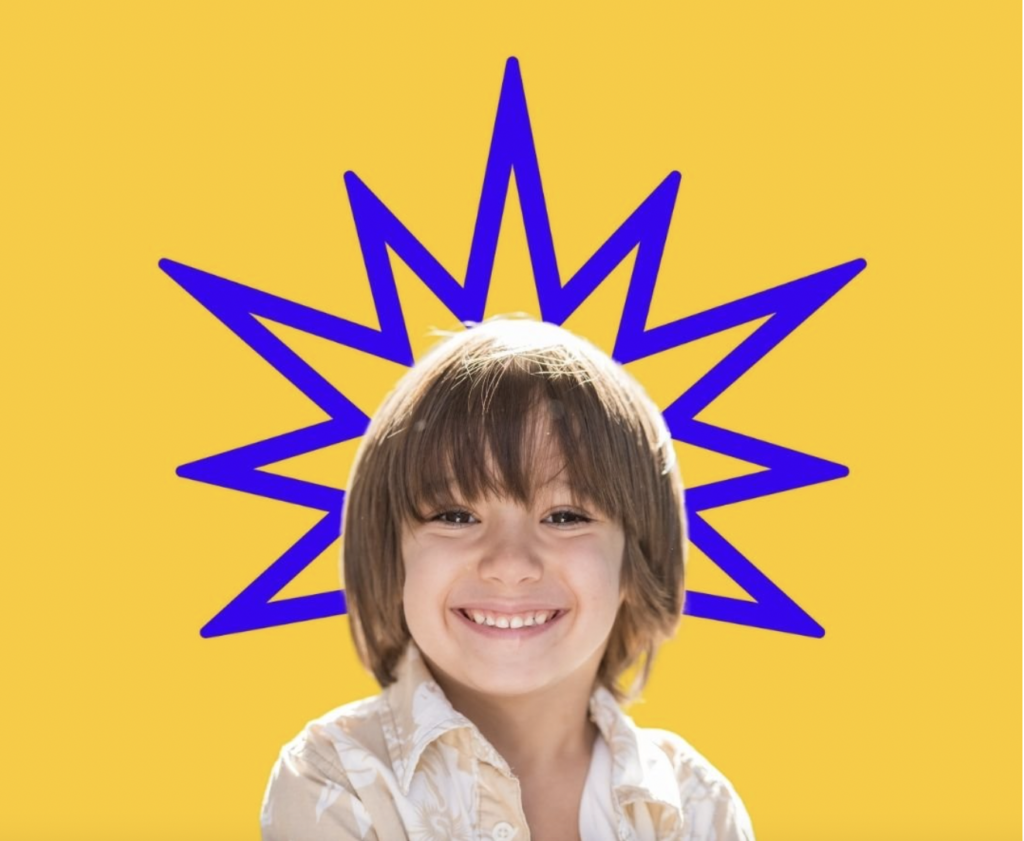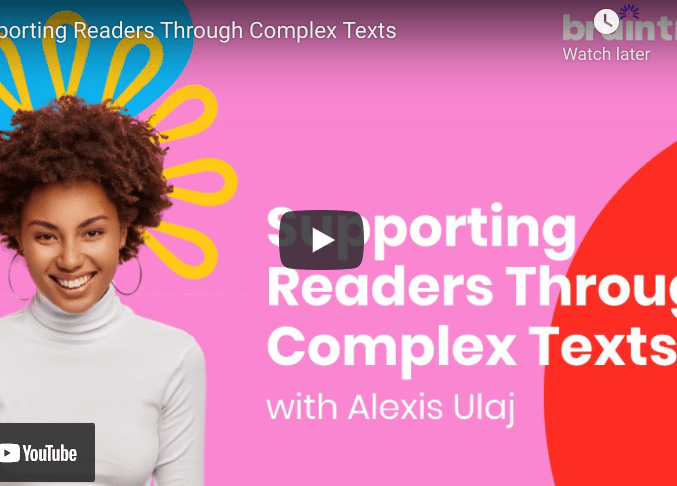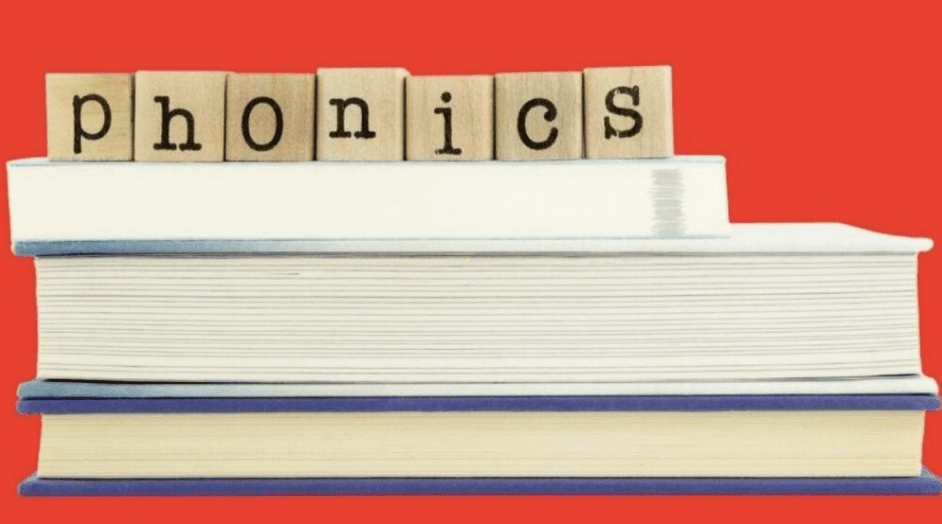
Inhibitory control can be thought of as a larger umbrella term for self-control. It is an executive function allowing us to consciously choose our response to a given situation in order to ensure that response is appropriate and will best serve our needs. A person with strong inhibitory control will still have strong emotional reactions to situations, but these reactions will be appropriate most of the time. Students with learning disabilities, especially ADHD, often have very low inhibitory control. There are three main types of inhibitory control deficits: motor, attentional, and behavioral.
Motor Control Issues
Students who struggle with hyperactivity are often perceived in the classroom as having behavioral issues. However, the “behaviors” associated with impulsivity have much more to do with the child’s need for movement and lack of ability to control that movement, than with their actual behavior. The best strategy to address physical control problems is to come up with a plan for meeting that child’s physical needs, while giving them the tools to strengthen their inhibitory control over time. This may mean an individual schedule of built-in breaks, which start off frequent, and over time gradually diminish as the student’s control improves. These students can also be taught replacement behaviors that will still meet their need for movement, but with fewer negative consequences. For example, a student who frequently gets up out of their seat during class due to boredom or excess energy might benefit from one of the schedules mentioned above, as well as options for discrete activities they can do at their desk to minimize that boredom. Knowing exactly when a movement break is coming is sometimes enough to allow a student to practice inhibitory control.
Attentional Control Issues
Another common side effect of ADHD and other learning disabilities is a limited attention span and high distractibility. Often, students with ADHD can focus on for long periods of time on selected activities due to a high level of interest. These students are usually multi-sensory learners, who benefit from instruction that uses visual, audio, and kinesthetic components so that they can access the learning material in a multitude of ways. The best way to help these types of learners is to minimize outside distractions. This can be virtually impossible in the classroom, but relatively simpler at home. During homework time, make sure your child is in a quiet room without sensory distractions. Sometimes, instrumental music (without vocals–this is important) can actually help create an environment conducive to better focus. These students also benefit from periodic built-in brain breaks so that they can let their mind rest and then bring their renewed focus back to the task at hand.
Behavioral Control Issues
Problems with inhibiting behaviors are quite common, and occur more frequently, in younger children. Controlling our behavioral impulses, or our knee-jerk reactions to situations that trigger a strong feeling, becomes easier as we get older, but young children have almost no behavioral control at all. This low impulse control is what causes Kindergartners to jump out of their seat and run to the door if they see their parent come into the classroom, or cry when their parent leaves for the day after dropping them off. It is also what causes very young children to hit or bite when they are angry or frustrated. They haven’t learned any other coping mechanisms.
Most children eventually grow out of these behaviors and learn more productive strategies for dealing with strong emotions, but some don’t. The best way to address problems with behavioral control is to explicitly teach replacement behaviors and to positively reinforce those behaviors every time they are shown. Punishing impulsive behaviors is rarely an effective course of action, since they usually aren’t conscious choices. With your child, create a list of behaviors that are appropriate when they are feeling angry, frustrated, annoyed, tired, or any other emotion that triggers their impulsive behavior. Discuss and write down which behaviors are appropriate responses to which situations. An example of this could be punching their pillow instead of throwing their toys when they are feeling angry, or closing the eyes, taking deep breaths, and counting to ten instead of yelling and screaming. Show them exactly what these behaviors should look like (yes, punch your pillow!). It will feel silly to you, but not to them. If you take it seriously, so will they.




